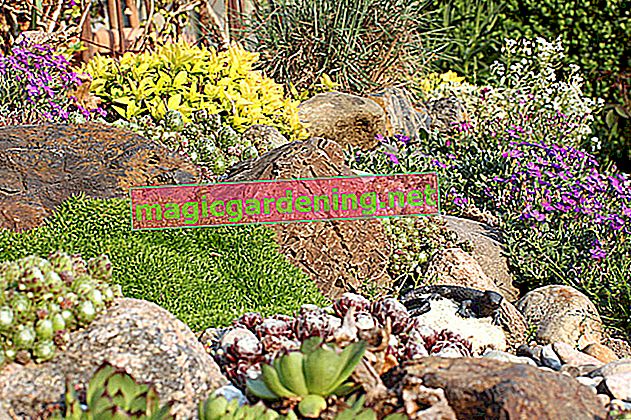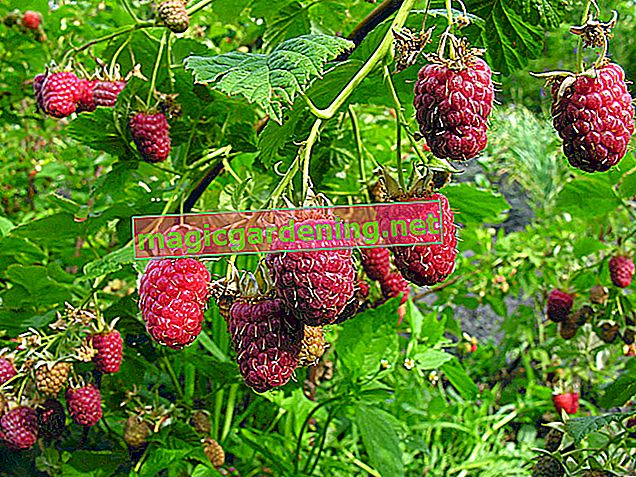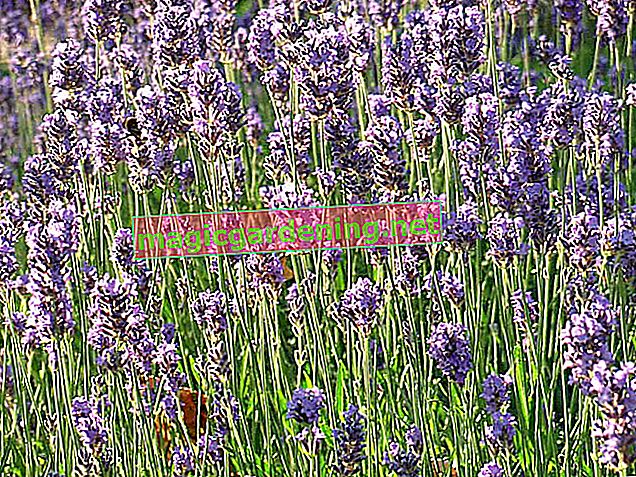
origin
First of all, there is a big difference in terms of geographical origin and botanical classification. The mandarin originally comes from China, where it has been cultivated for many millennia. The tangerine tree was first attested in the 12th century BC. The name of the fruit is also of Chinese origin, it owes it to the high state officials who were called “Mandarin”. The clementine, on the other hand, does not have its roots in Asia - like almost all citrus plants - but in the Mediterranean region. This fruit was originally a coincidental cross between tangerine and bitter orange. It was discovered in 1912 in the garden of a monk working in Algeria, Frère Clément.
also read
- What is the difference between pomelo and grapefruit?
- Is there a difference between grapefruit and grapefruit?
- Hibernate the mandarin tree properly
What is a Satsuma?
Satsuma is a mostly seedless variant of the mandarin. This tangerine variety is less aromatic than the original, but more popular due to its seedlessness. The Satsuma comes from Japan, where the tangerine has been cultivated since the first century BC.
fruit
Differences between mandarins and clementines are not only to be found in their origin, but also in the respective fruit itself.
- The mandarin has nine fruit segments inside, which are separated from each other by a thin membrane.
- With the Clementine it's between eight and twelve.
- In contrast to mandarins, clementines have few or no seeds.
- Clementines have a higher sugar content than mandarins and are therefore sweeter.
- Mandarins can be stored for a maximum of one to two weeks until the skin detaches from the pulp and finally dries up.
- Clementines are much more storable: They can be kept at cool temperatures for up to eight weeks without losing their juice.
Ingredients and calories
In terms of their ingredients and the number of calories, mandarins and clementines are similar, although there are large differences, especially in the amount of vitamin C and folic acid.
- 100 grams of mandarin have an average of 46 kcal, while the same amount of clementine has 37 kcal.
- 100 grams of mandarin provides about 30 milligrams of vitamin C, 33 milligrams of calcium, 210 milligrams of potassium and seven milligrams of folic acid.
- The same amount of clementine contains an average of 54 milligrams of vitamin C, 30 milligrams of calcium, 130 milligrams of potassium and 33 milligrams of folic acid.
By the way, the tangerine is one of the oldest and most original types of citrus. Many citrus plants are the result of crossbreeding from the mandarin, for example the orange. This was the result of a chance crossing of mandarin and grapefruit.
Tips & Tricks
The tangerine is relatively easy to grow in a tub. The clementine, however, is less demanding, as a Mediterranean plant it is less sensitive to cold and more robust than the mandarin.
IJA








